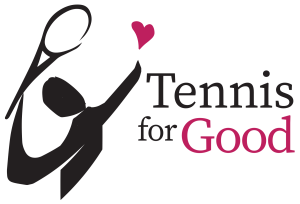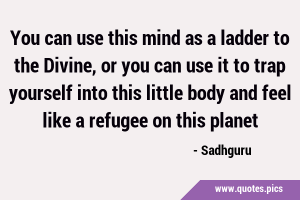 The vast majority of teaching pros focus on two things — technique and strategy. These are essential, needless to say — you can’t play good tennis without them.
The vast majority of teaching pros focus on two things — technique and strategy. These are essential, needless to say — you can’t play good tennis without them.
That being said, I see a hole in the standard approach, and it’s a big and important one. One could call what’s missing the ‘inner game,’ but that just scratches the surface for me, so let me try to elaborate.
Let’s say I’m taking a lesson with Joe. He tells me, “Turn sideways more on your volley,” and so I try to do so. Or he says, “Your opponent was crowding the net so that would have been a good time to lob him.” In the first example, he’s teaching technique — in the second, strategy.
All well and good — but that’s just the first story of the house, and that’s why this approach is just a starting point for me. This is because we’re conscious beings — and what I mean by this is that we aren’t a one-story house. We have a second story, i.e., a level where we choose to put our attention here or there — in the above examples, on turning more sideways when we volley or on noticing where our opponent is standing.
What we’re really doing when we follow Joe’s advice is directing our attention to do what he says. That’s a second-story job — it’s us consciously pushing the buttons of our operating system, i.e., our attention-management system.
Thus we come to what my friend Scott Ford calls Tier One and Tier Two teaching. Tier One is all about strategy and technique. Tier Two pays attention to attention.
Tier One is flat — we erase the mind and we ‘just do it.’
Tier Two is three-dimensional — it brings our mental operations into what we’re working on, whether it’s as a student or a teacher.
To be clear, our consciousness isn’t a two-story house, either. Meditators watch their thoughts — that’s Tier Two awareness observing Tier One mental activity. (It entertains me to think of our thoughts as a sort of inner-game equivalent of chasing after tennis balls.) But wait, there’s more! There’s a third story, too. I can watch myself watching myself watch my thoughts — and I can keep climbing that ladder, theoretically forever.
One of the non-secular goals of meditation is to help us get more skilled at watching the watcher watch the watcher because there can come a point when all that climbing — all that layered watching — produces a sort of escape velocity and busts us out beyond our narrow self-sense into the void, which depending on the tradition is called the All, satori, non-being, and so on.
But I’m getting ahead of myself. When we teach mind skills along with strategy and technique, and especially when we teach the skill of attention, not only are we helping our students become less mechanical in how they approach the game, but we’re opening the door to what elsewhere I’ve called ‘tennis as a secular martial art.’ For what makes the martial arts special — what makes them ‘spiritual’ — if not their focus on the nature and quality of the practitioner’s attention?
There are Tier Two teachers out there. Scott Ford is one. Peter Rennert of Telos Tennis may be another. I’m a third, to the extent that I can be considered a tennis teacher (I’m not out on the court feeding balls to people). We’re pretty rare birds, though, as far as I can tell.
I believe it will be a sign that we’re evolving in a good direction as a culture when Tier Two tennis teaching becomes as easy to find as Tier One teaching. Culturally, we tend to flatten consciousness into two dimensions. There is ‘I,’ and there is ‘it,’ as in — I hit the tennis ball. The reality, though, is more nuanced — and it is also three-dimensional. There is the watching ‘I’ (or, if you prefer, the watching eye), the acting I, and the action that ensues. This three-dimensionality is the container in which our selfhood blossoms, ideally in the direction of self-knowledge, wisdom, and union with the All.
The more we live at the Tier One level — the more we let ourselves be defined by Tier One consciousness — the more we’re corralling ourselves. It takes three dimensions — it takes a pyramid climbing toward the stars — for us to truly find ourselves.
For us to truly become free.
How much attention do you pay to attention? Do you see yourself as a Tier One or a Tier Two person? Do you see value in escaping from Flatland?
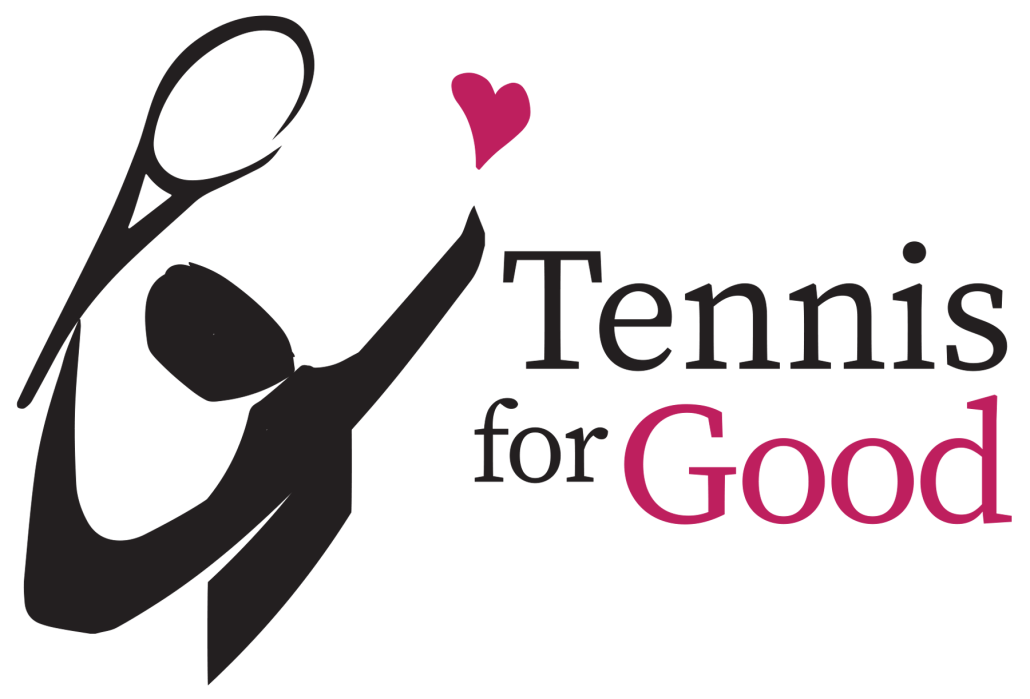
 When I was sixteen years old, I played a fourteen-year-old named Harold Solomon. You may recognize the name. He’s the semi-famous moonballer who got to number five in the world. He was just a kid then, as I was, and he was newly back to the Washington, DC area from full-time tennis immersion in Florida, where he was reputed to have improved enormously. I played him evenly for two sets. Then he attacked my forehand, which was my power shot, and won the deciding set 6-1.
When I was sixteen years old, I played a fourteen-year-old named Harold Solomon. You may recognize the name. He’s the semi-famous moonballer who got to number five in the world. He was just a kid then, as I was, and he was newly back to the Washington, DC area from full-time tennis immersion in Florida, where he was reputed to have improved enormously. I played him evenly for two sets. Then he attacked my forehand, which was my power shot, and won the deciding set 6-1.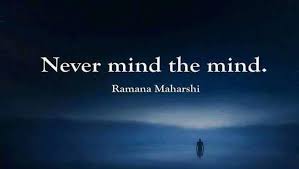 In past meditations, I’ve written about the all-important moment of not-knowing. This is when we’ve set up to hit our shot and have committed to our swing. Will it succeed or will it fail? Will the gods smile when we find out how we’ve done? Also: How do we respond emotionally to that plunge into uncertainty? Do we get overcautious and try to control the outcome? Do we falter in the opposite direction, say “what the hell” to ourselves, and just go for broke?
In past meditations, I’ve written about the all-important moment of not-knowing. This is when we’ve set up to hit our shot and have committed to our swing. Will it succeed or will it fail? Will the gods smile when we find out how we’ve done? Also: How do we respond emotionally to that plunge into uncertainty? Do we get overcautious and try to control the outcome? Do we falter in the opposite direction, say “what the hell” to ourselves, and just go for broke? I got some shocking news the other day.
I got some shocking news the other day.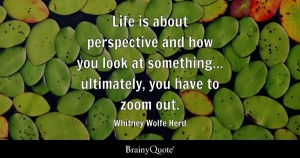 You‘re playing a match that you’ve gone into with a clear strategy. The competition sucks you in and when you emerge from the vortex, you realize that as things got hotter, you totally forgot about your strategy.
You‘re playing a match that you’ve gone into with a clear strategy. The competition sucks you in and when you emerge from the vortex, you realize that as things got hotter, you totally forgot about your strategy. It’s been a long time coming — I’m not a guy who’s good at commitment. But now, at last, my time has come. I know when I’ve found The One, and so I’m dropping onto one knee.
It’s been a long time coming — I’m not a guy who’s good at commitment. But now, at last, my time has come. I know when I’ve found The One, and so I’m dropping onto one knee.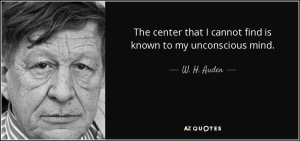 I had a moment of sobriety over the weekend — a moment of tennis sobriety. What do I mean by this? Well, I understand the term ‘moment of sobriety’ to mean that the addict has a moment where they see with luminous clarity what they’ve been pushing out of sight forever. The distractions fade away, the denial goes on holiday, and at last one sees the truth about oneself.
I had a moment of sobriety over the weekend — a moment of tennis sobriety. What do I mean by this? Well, I understand the term ‘moment of sobriety’ to mean that the addict has a moment where they see with luminous clarity what they’ve been pushing out of sight forever. The distractions fade away, the denial goes on holiday, and at last one sees the truth about oneself.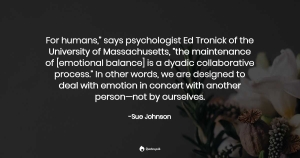 I’m a bit weird. When someone communicates to me, I try to respond immediately. This is partly self-protective — I don’t want to carry the stress of having to remember to get back to them — but the more important consideration is that anything less feels discourteous to me.
I’m a bit weird. When someone communicates to me, I try to respond immediately. This is partly self-protective — I don’t want to carry the stress of having to remember to get back to them — but the more important consideration is that anything less feels discourteous to me.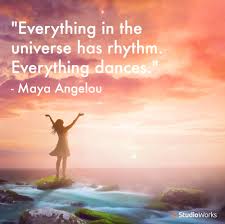 Among other things, tennis is a dance — and it’s a dance that starts with the feet. Like many people, I tend to forget this. I focus on the ball coming at me, getting into position for it, and striking it well and correctly. That’s all good and necessary, but inside the busyness of all that, I tend to forget the power and importance of what I’ll call The Dance.
Among other things, tennis is a dance — and it’s a dance that starts with the feet. Like many people, I tend to forget this. I focus on the ball coming at me, getting into position for it, and striking it well and correctly. That’s all good and necessary, but inside the busyness of all that, I tend to forget the power and importance of what I’ll call The Dance.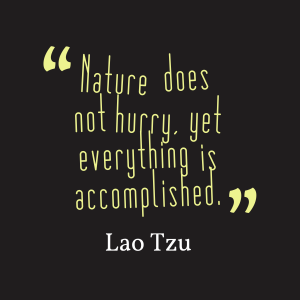 ‘Micro-tennis?’ Micro-tennis????
‘Micro-tennis?’ Micro-tennis????